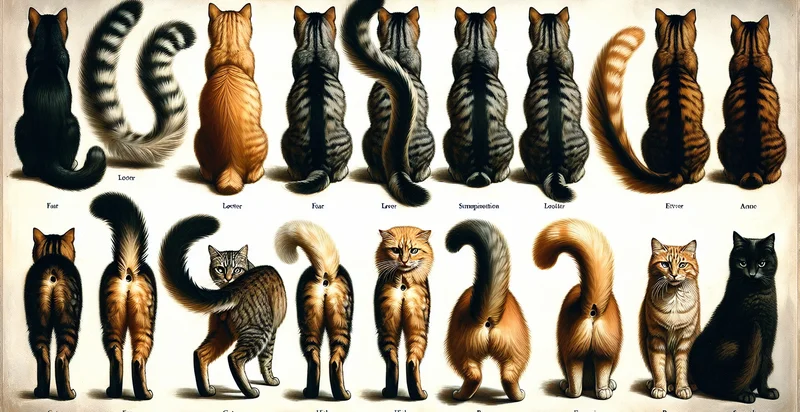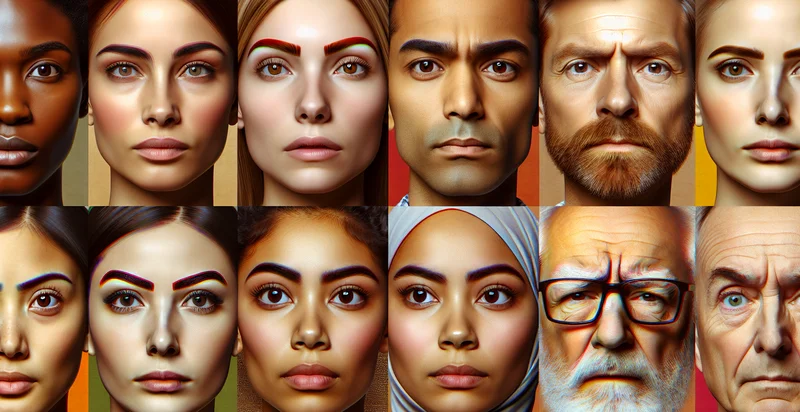Identify tongue position
using AI
Below is a free classifier to identify tongue position. Just upload your image, and our AI will predict what the tongue position indicates - in just seconds.

Contact us for API access
Or, use Nyckel to build highly-accurate custom classifiers in just minutes. No PhD required.
Get started
import nyckel
credentials = nyckel.Credentials("YOUR_CLIENT_ID", "YOUR_CLIENT_SECRET")
nyckel.invoke("tongue-position", "your_image_url", credentials)
fetch('https://www.nyckel.com/v1/functions/tongue-position/invoke', {
method: 'POST',
headers: {
'Authorization': 'Bearer ' + 'YOUR_BEARER_TOKEN',
'Content-Type': 'application/json',
},
body: JSON.stringify(
{"data": "your_image_url"}
)
})
.then(response => response.json())
.then(data => console.log(data));
curl -X POST \
-H "Content-Type: application/json" \
-H "Authorization: Bearer YOUR_BEARER_TOKEN" \
-d '{"data": "your_image_url"}' \
https://www.nyckel.com/v1/functions/tongue-position/invoke
How this classifier works
To start, upload your image. Our AI tool will then predict what the tongue position indicates.
This pretrained image model uses a Nyckel-created dataset and has 30 labels, including Asymmetrical Left, Asymmetrical Right, Broad, Curled, Depressed, Downward, Dry, Elevated, Elongated and Flat.
We'll also show a confidence score (the higher the number, the more confident the AI model is around what the tongue position indicates).
Whether you're just curious or building tongue position detection into your application, we hope our classifier proves helpful.
Related Classifiers
Need to identify tongue position at scale?
Get API or Zapier access to this classifier for free. It's perfect for:
- Speech Therapy Enhancement: The tongue position identifier can assist speech therapists in working with clients who struggle with articulation. By analyzing tongue positioning during speech, therapists can provide targeted feedback and strategies to improve pronunciation.
- Virtual Reality Training: In virtual reality applications, the tongue position identifier can enhance user immersion by providing real-time feedback on users' speech and pronunciation. This technology can be applied in language learning platforms, helping users adjust their articulation to more closely match native speakers.
- Oral Health Monitoring: Dentists can utilize the tongue position identifier to monitor patients' oral health during regular check-ups. By analyzing the positioning of the tongue, practitioners can identify potential issues such as tongue-tie, which may affect oral hygiene and overall health.
- Vocal Performance Coaching: Vocal coaches can leverage this technology to assess and improve the tongue positions of singers and performers. By providing immediate feedback on tongue positioning, coaches can help their clients achieve better vocal tone and style.
- Augmented Reality Apps: In AR applications aimed at language learning, the tongue position identifier can offer feedback on pronunciation. This can create a more interactive and insightful learning experience, encouraging users to improve their spoken language skills effectively.
- Entertainment and Gaming: Game developers can incorporate the tongue position identifier in gaming experiences that involve voice commands or singing. This feature would enhance gameplay by ensuring that player inputs are accurate and responsive to their tongue movements.
- Assessing Neurological Conditions: Medical researchers can use the tongue position identifier as part of diagnostic tools for neurological conditions that affect speech and movement. By analyzing variations in tongue positioning, healthcare practitioners can gain insights into patients' neurological health and tailor interventions accordingly.


